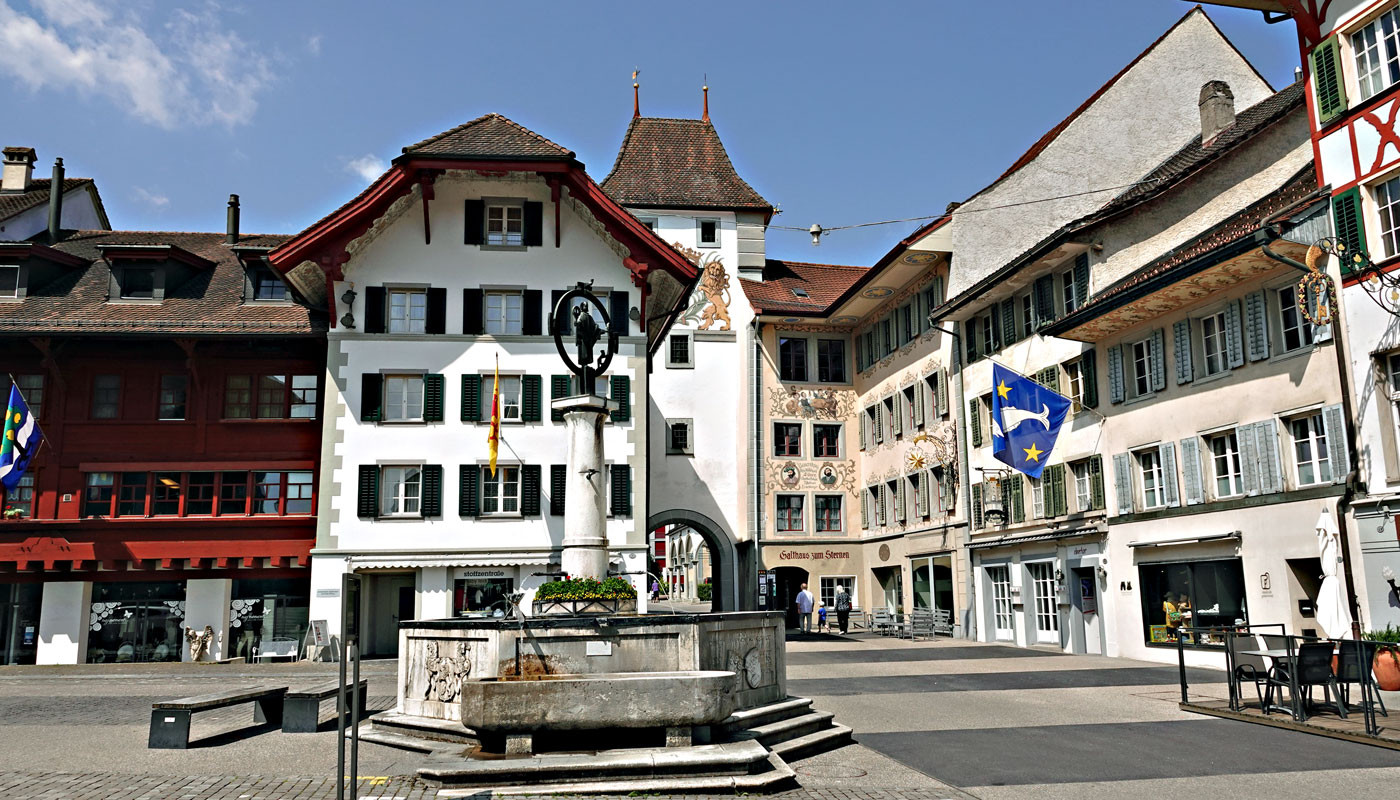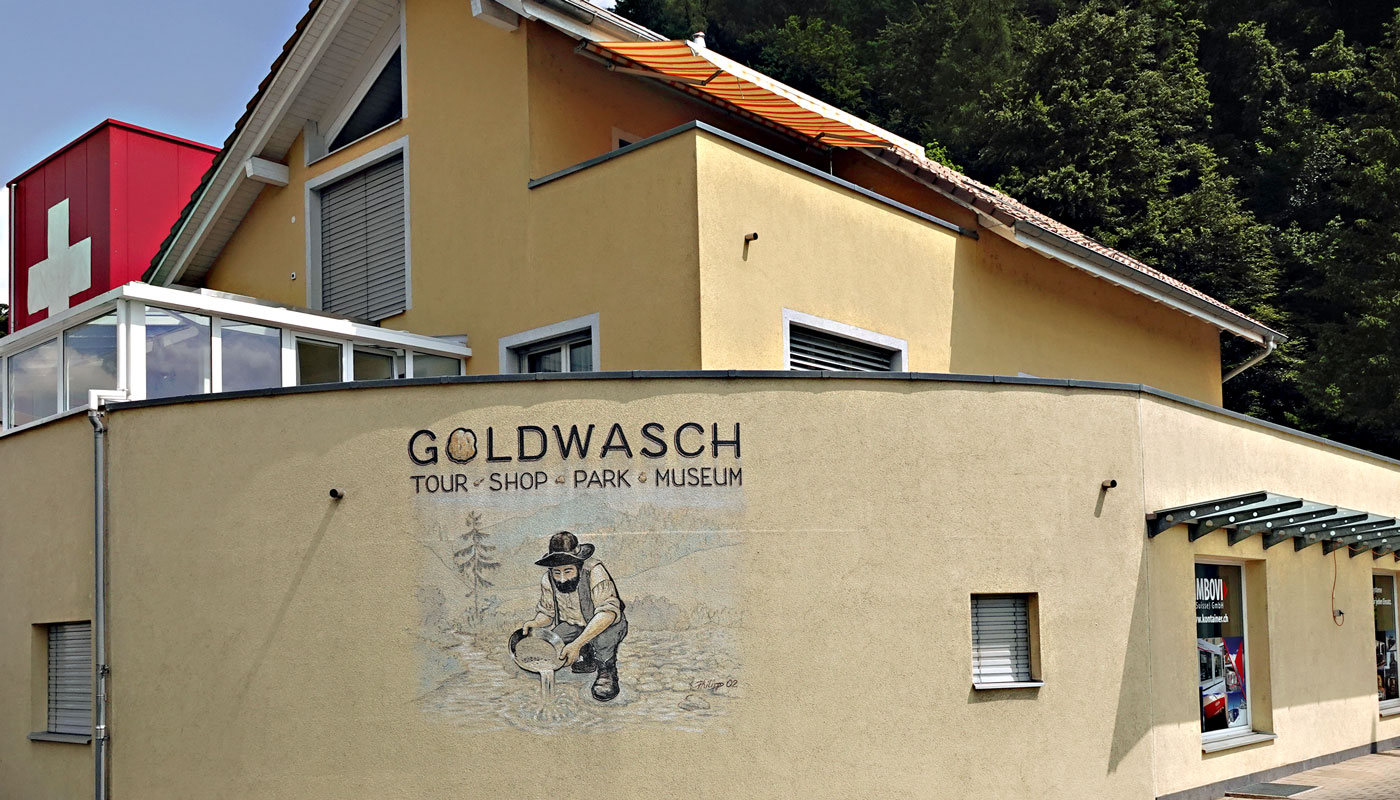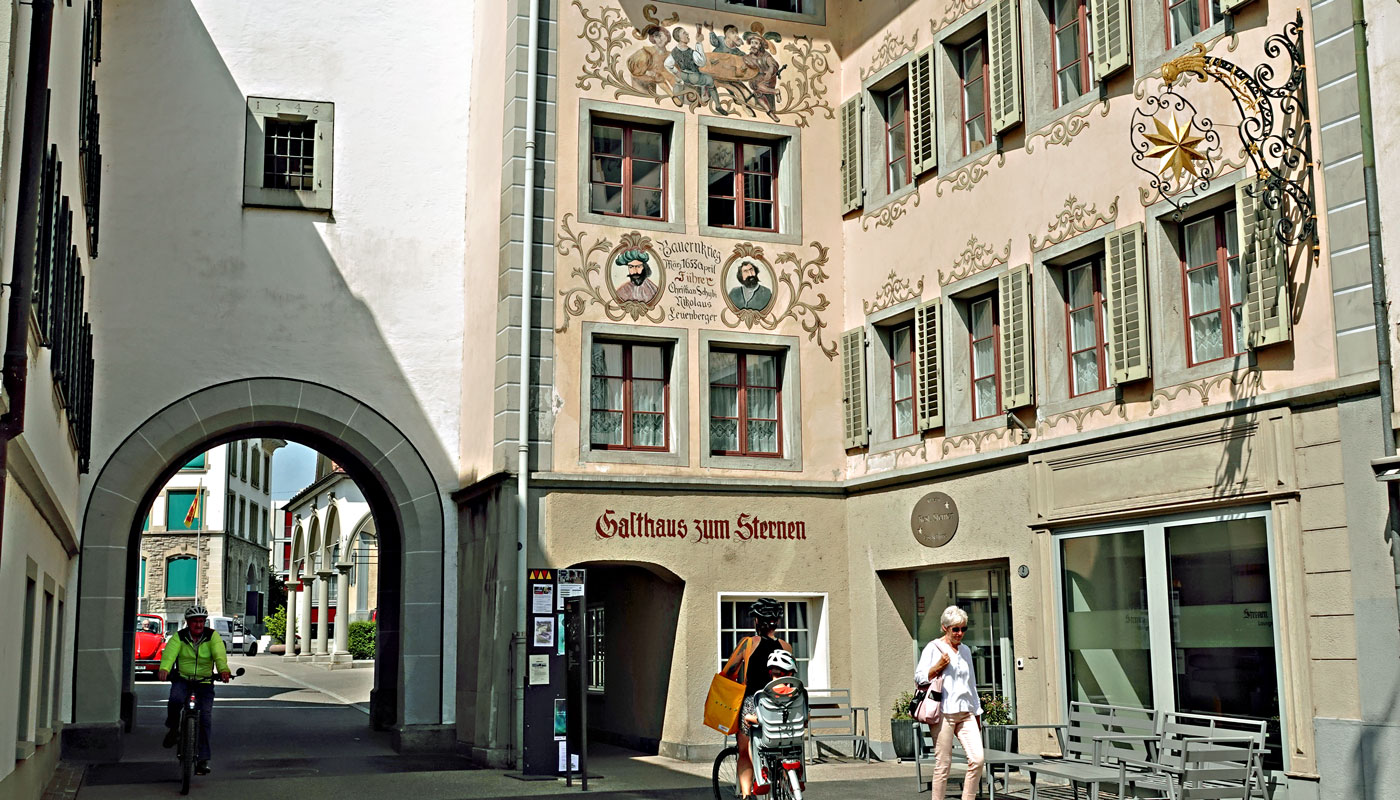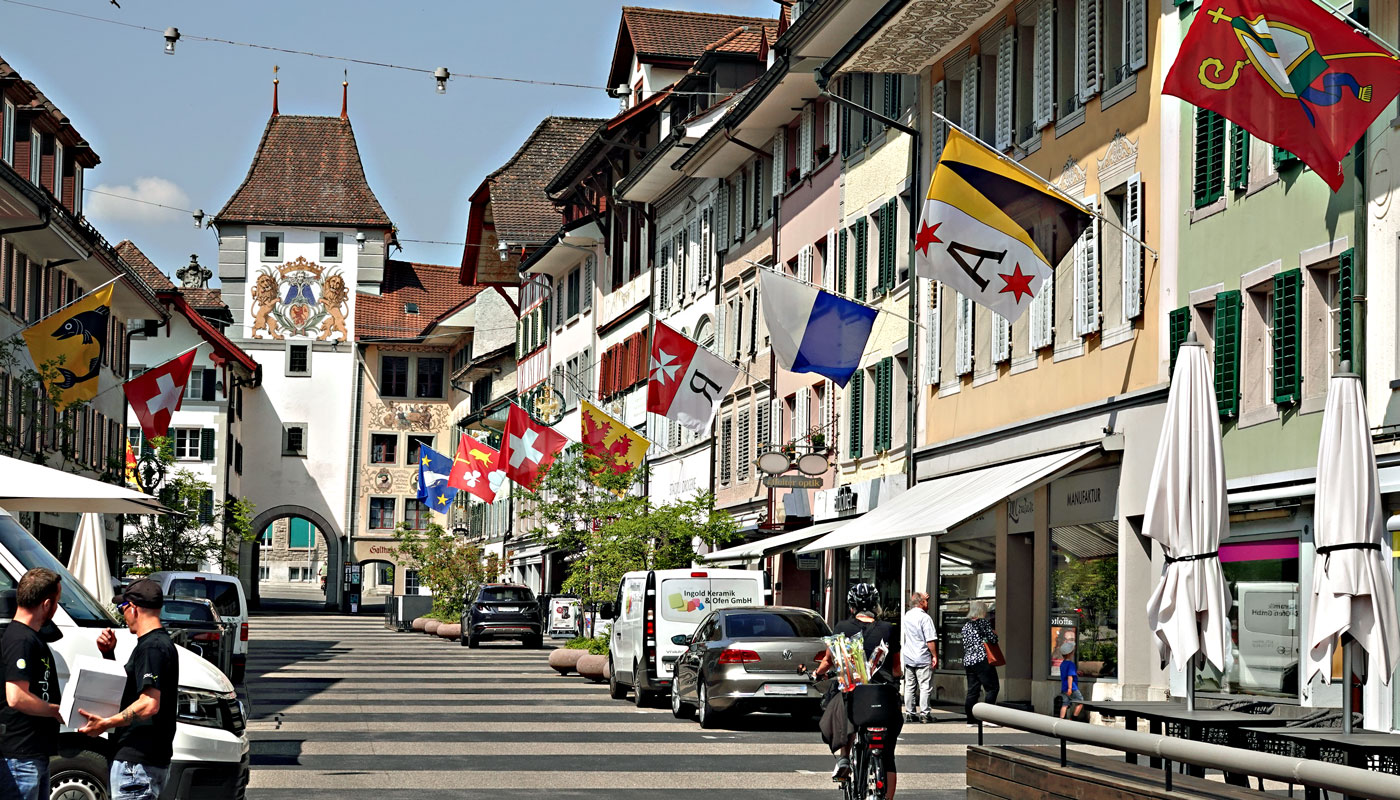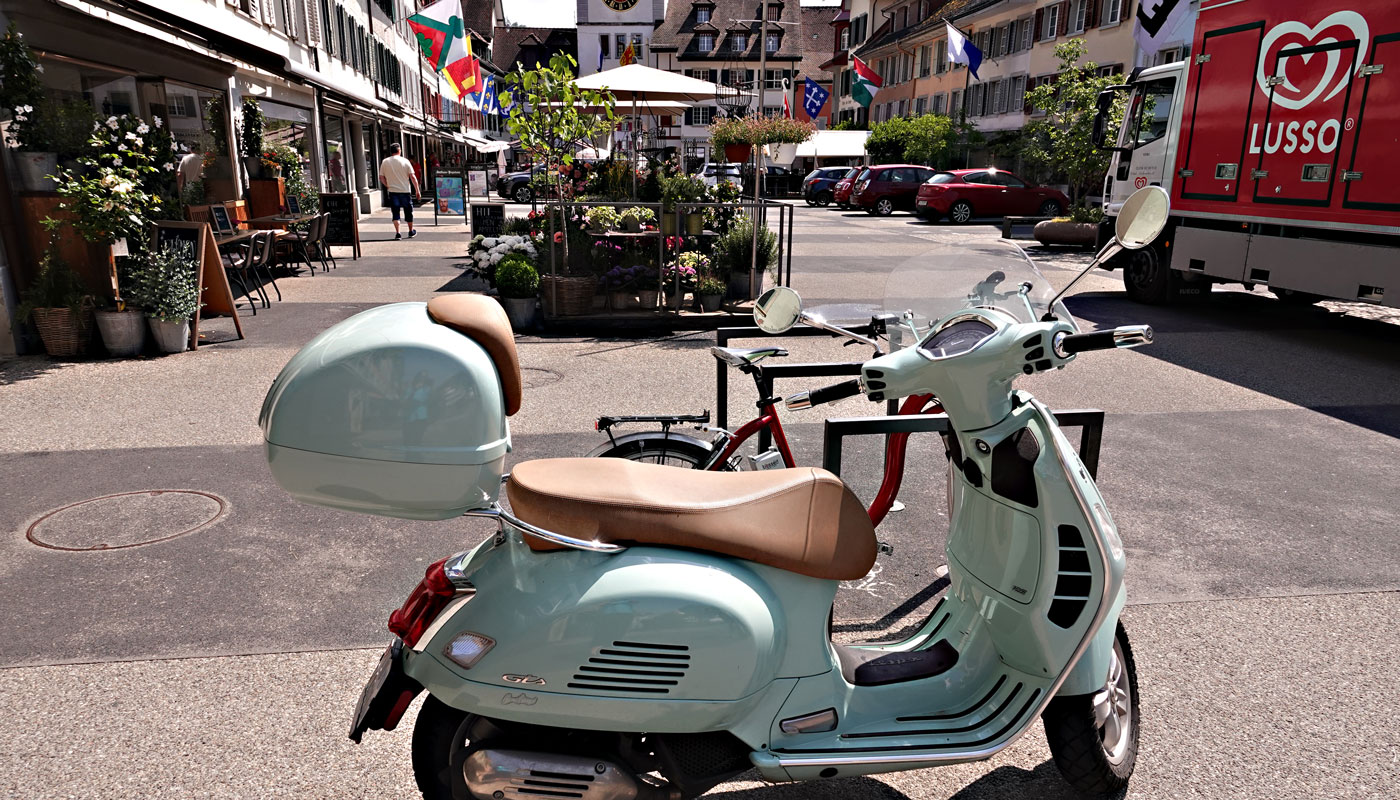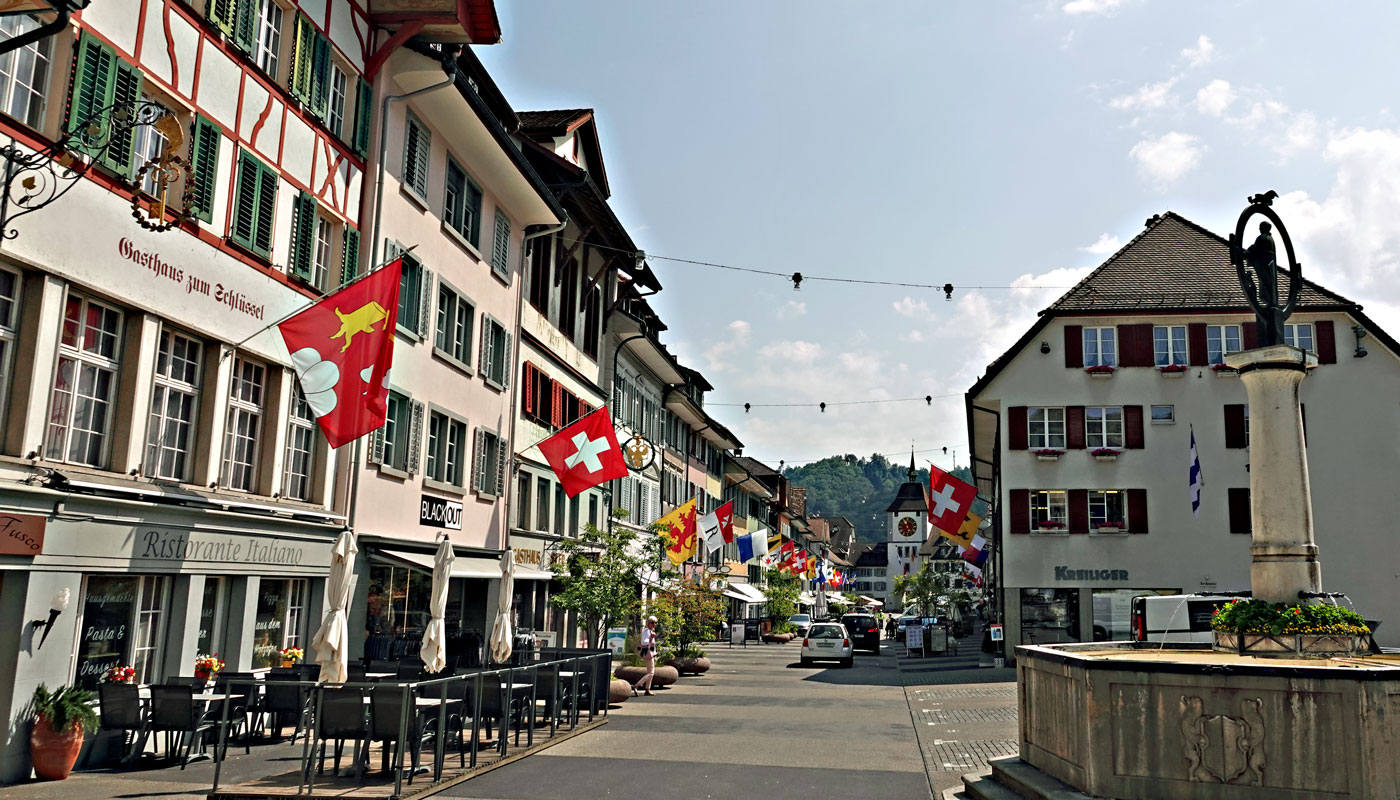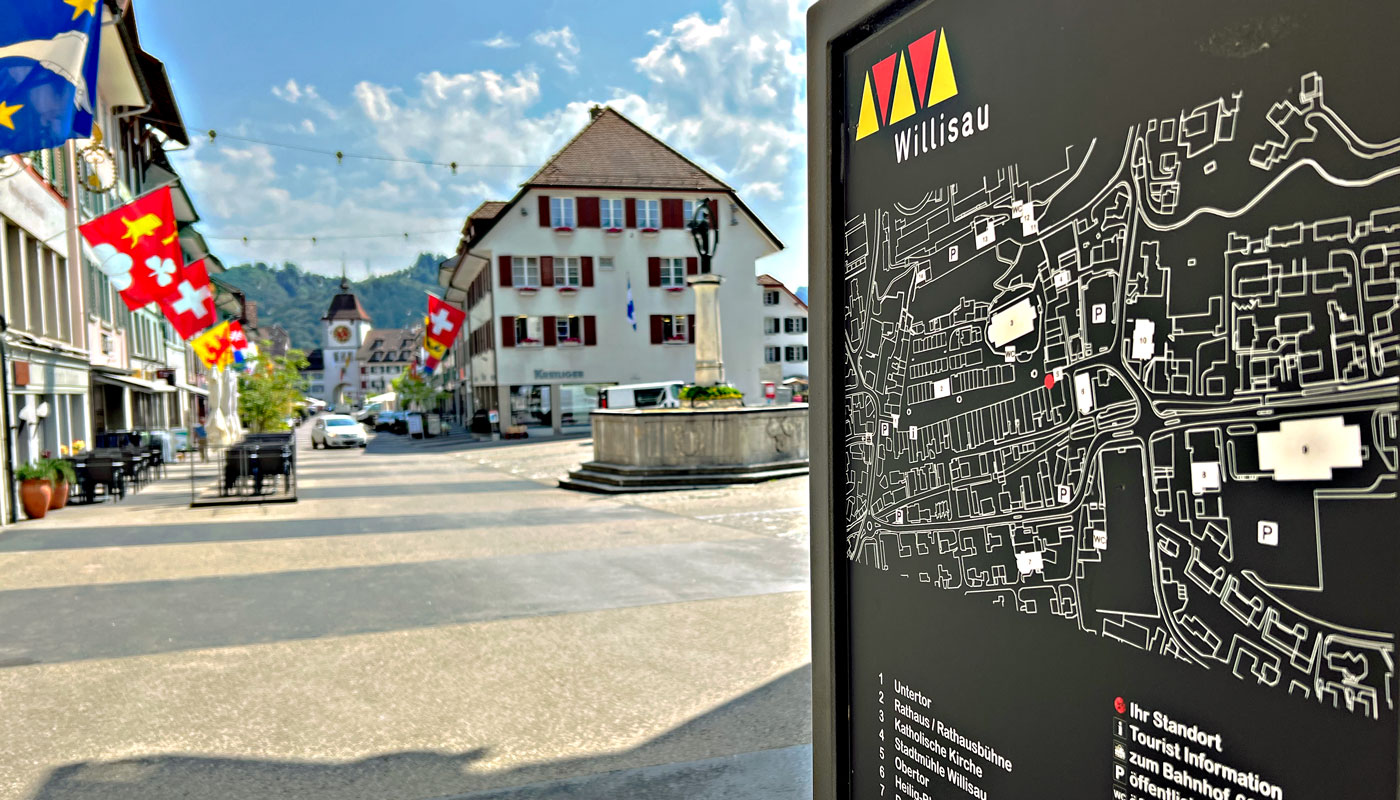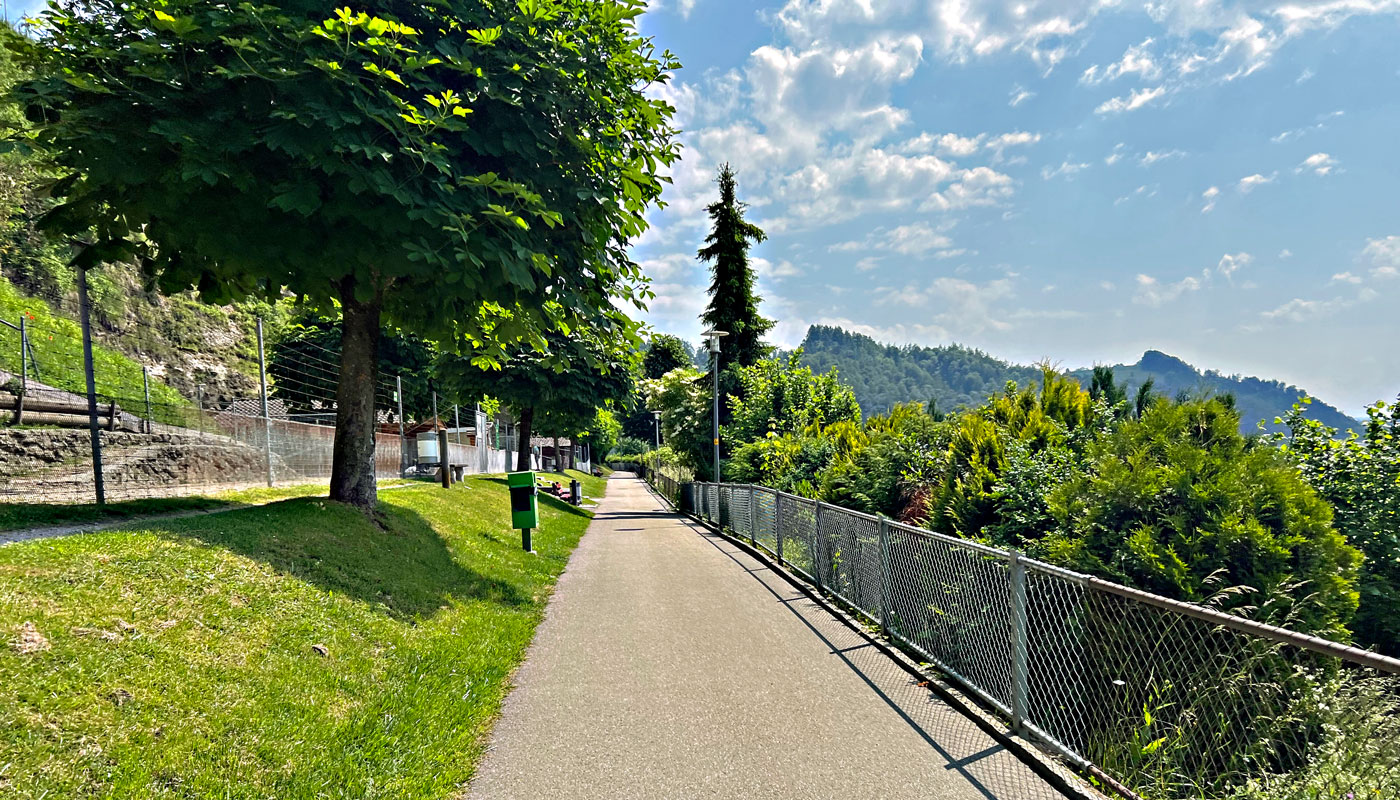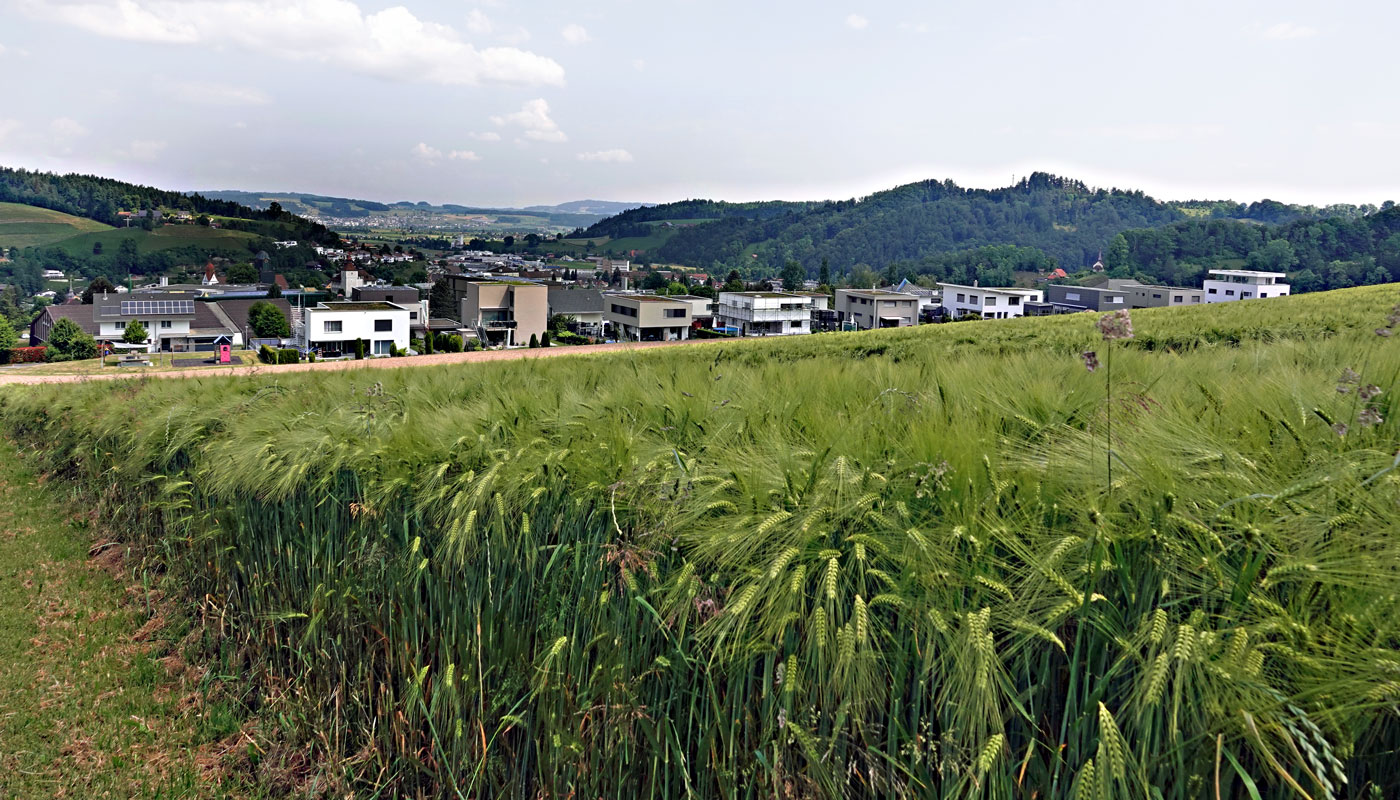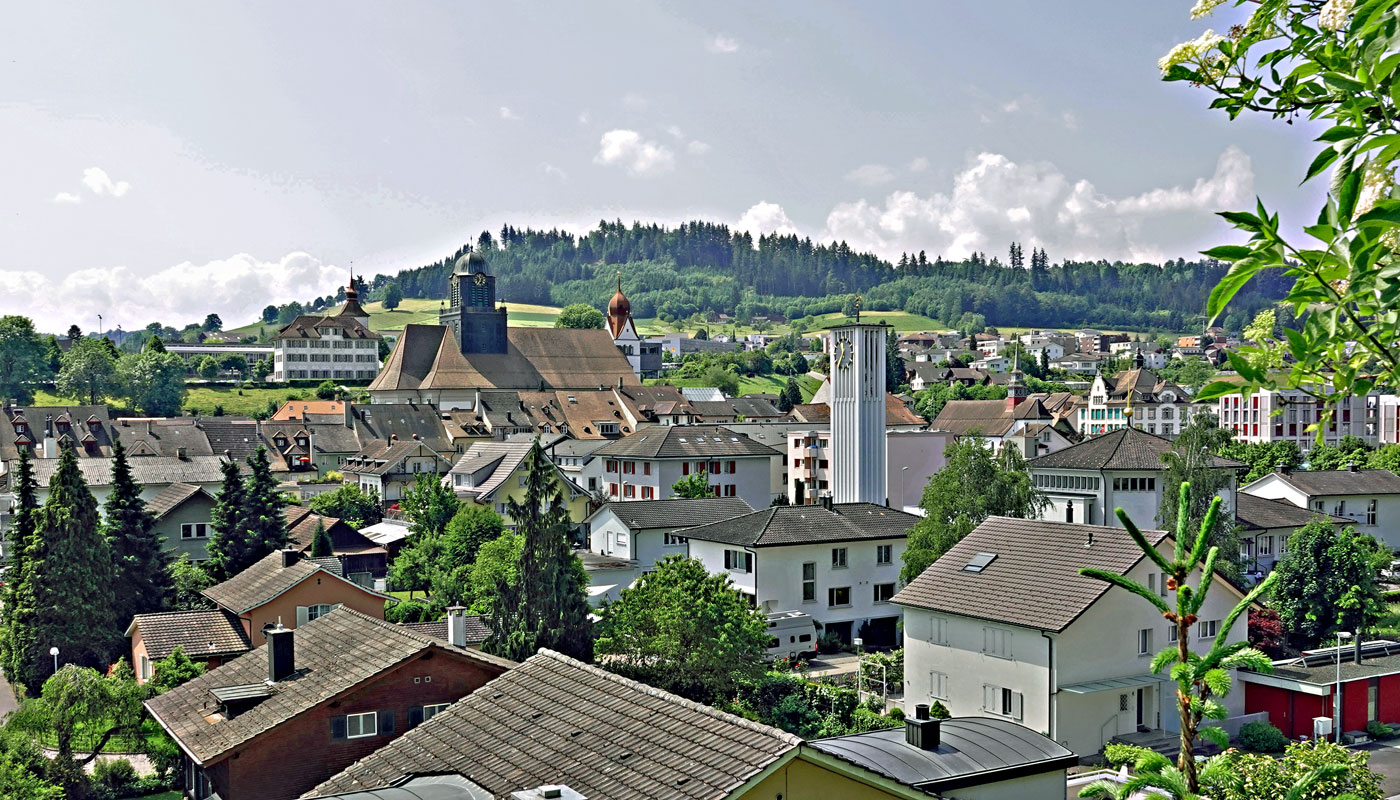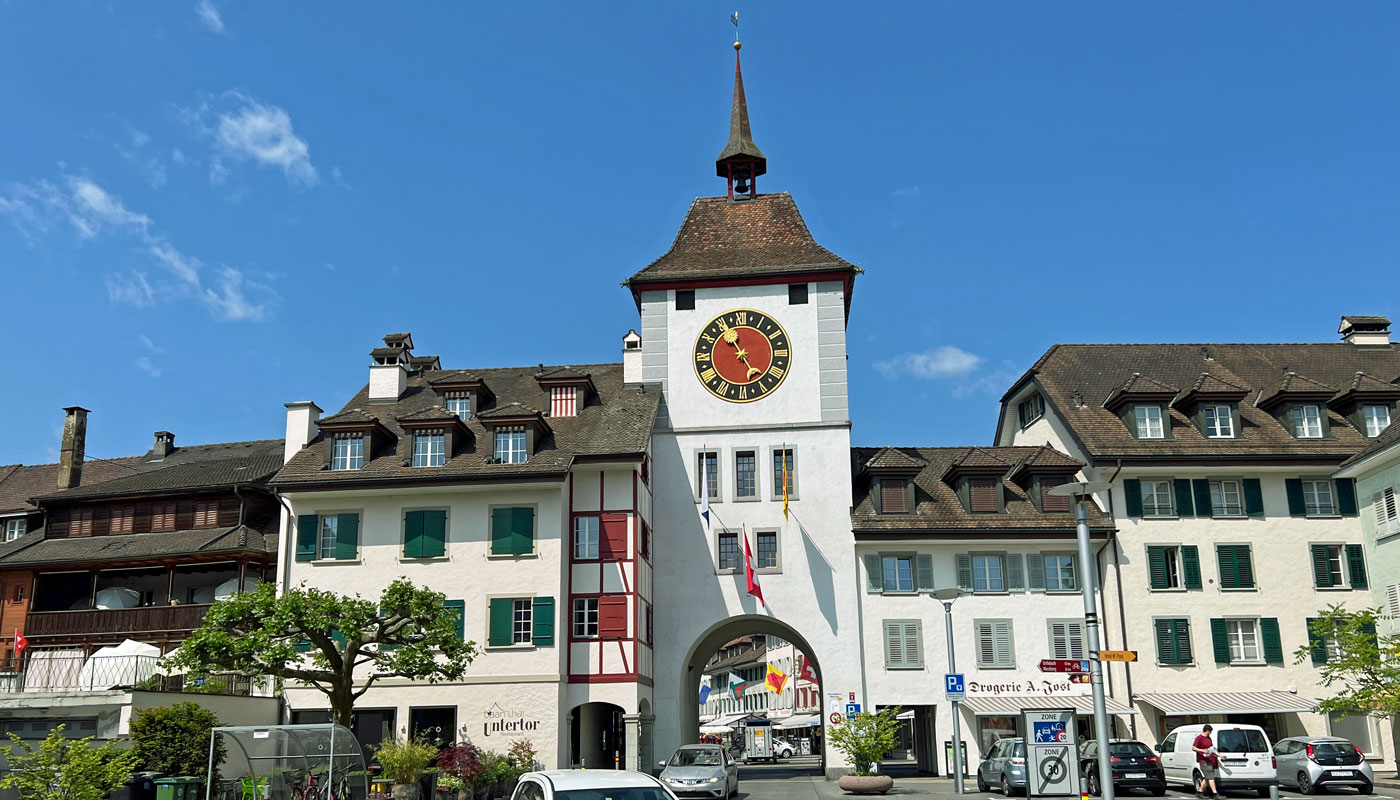Schulen Willisau: Information about education, training and continuing education, further training Willisau

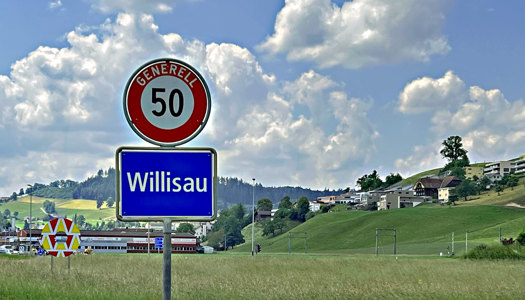
1. where is Willisau located?
The town of Willisau is located in the Lucerne hinterland on the edge of the northern foothills of the Napf. The town lies exactly where the Buch- and Enziwigger rivers meet. The municipal area is part of the so-called Inner Willisau Uplands and extends for the most part over the northern foothills of the Napf. Towards the north, Willisau is bordered by the Huttwil-Gettnau-Alberswil transverse valley and abuts the opening upper Wiggertal valley. The landscape of the municipality is mainly characterized by the unmistakable features of the Napfabdachung, i.e. harrows, ridges and extensive hill ranges with steep or gentle slopes as well as water-rich, narrower or wider valley floors. The differences in altitude within the municipality are quite large, varying between 1071 m above sea level (Chaltenegg) and 529 m above sea level (Wydenmühle hamlet). There are extensive school and sports facilities on the Schlossfeld above the small town, as the town offers several important schools in Willisau as an educational location.
2. how big is Willisau?
With around 9,000 inhabitants, Willisau is a small town. The municipality of the canton of Lucerne is a merger of the former independent municipalities of Willisau Stadt and Willisau Land. Gettnau was added later. With its 4,118 hectares, Willisau is the largest municipality in the electoral district of Willisau in terms of area - this also applies to the number of inhabitants. Willisau has grown considerably since the 1950s due to lively building activity. According to legend, the name of the town, which was built by two brothers, comes from the fact that one asked the other for the name and the latter replied: "I don't care what you want, I want it too". The last part sounds like Willisau in dialect. A total of four fires characterize the development of the town. Willisau is considered a regional center with excellent qualities as an educational location. This is why Willisau is home to a large number of schools.
3. how accessible are the schools in Willisau by public transport?
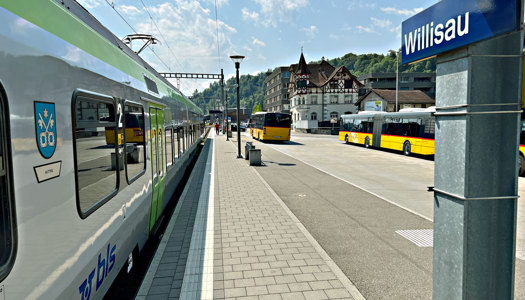
An attractive public transport service ensures an uncomplicated journey to schools in Willisau. This is because the town of Willisau is located on the Lucerne-Langenthal railroad line. However, various bus routes also ensure that the town and surrounding areas are well connected:
- Willisau-Ettiswil-Sursee
- Willisau-Schötz-Nebikon-Dagmersellen
- Willisau-Hergiswil-Hübeli
- Willisau-Nebikon-Altishofen-Dagmersellen Industrial Park
4 "Willisau schools": How do I travel by private transportation?
The town of Willisau is very well connected to the private transport network. Willisau is located on the main Dagmersellen-Wolhusen-Lucerne road. The town center is bypassed, which means that there is less through traffic in the town. The nearest highway junctions are Dagmersellen (11 km to the east on the A2 highway) and Sursee (13 km away). The K10 highway towards Lucerne bypasses Willisau 13 km to the south. The journey from Lucerne takes half an hour by private car. From Bern and Zurich it is an hour's drive. The Bernese country town of Huttwil with its national sports center is 16 km from Willisau. Many parking facilities make it easy to travel to schools in Willisau by private transport.
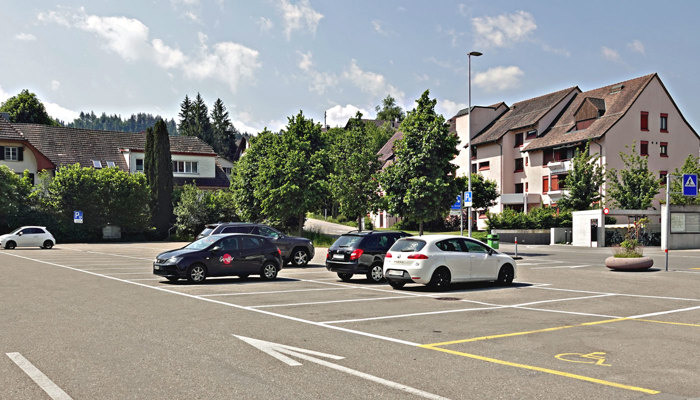
5 What schools are there in Willisau?
In addition to primary and secondary schools, Willisau is home to the cantonal school, the vocational and trade school, the special education school, private schools, music schools, vocational schools, sports schools and language schools. The schools in Willisau are important for the Wiggertal and the surrounding area.
6. what catering options are available at "Schulen Willisau"?
Catering options for schools in Willisau include restaurants, cafés, pubs, canteens and take-away options. Typical Willisau specialties include cheese specialties such as "Bölimänggu" bread (crispy on the outside, soft and fluffy on the inside), raclette, polar bear fondue (open-air over wood in a steel pipe), gingerbread, Willisauer Ringli (ring-shaped brownish biscuits), Amrein chocolate products, local wines and spirits.
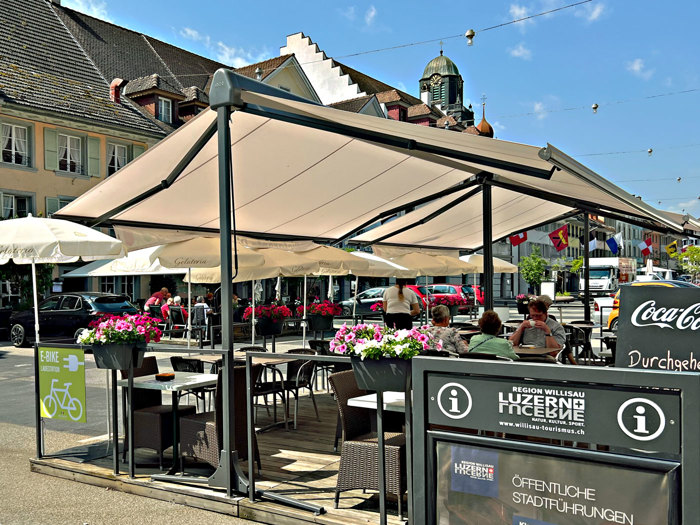
7 What is there to discover after class?
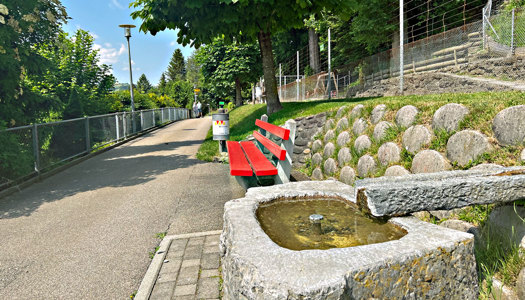
Schools in Willisau
The town of Willisau offers imposing buildings, charming alleyways and family-friendly squares. The late medieval town forms a rectangle around 250 meters long. The ring wall is identical to the rear wall of the houses on the northern, eastern and western sides of the town. It climbs up the hill and is only preserved in fragments. At the end of the 17th century, Lucerne built the bailiff's castle for the bailiff next to the only tower of the town fortifications, the Kutzenturm. The main street - bordered by two gate towers - runs broadly through the middle of the old town and is adorned with three heptagonal fountains. The houses are harmoniously stepped in their storey height. A strip of pavement running from façade to façade across the main street forms an open-air room with a generous carpet on which pedestrians have right of way everywhere. This invites people to stroll, shop and relax. The oldest houses are located in the western part on Müligass, as this was spared from the last town fire in 1704. The following sights can be visited after school in Willisau:
- Town hall (now used as a civic hall) with theater hall
- Parish church of St. Peter and Paul
- Chapel of the Holy Blood
- St. Niklaus Chapel
- Gates such as Obertor and Untertor (formerly also called Zytturm)
- Fountains such as the Upper Fountain, Middle Fountain and Lower Fountain
- Old town mill
- Original house of the Willisauer Ringli [today Café Amrein Chocolatier)
- Müligass 2 (probably the oldest house in Willisau)
- Spittel (former orphanage and hostel for poor people)
- Former Willisau-Land school building (now used by the town council as a community center)
- Bailiff's castle
- Archaeology cellar Willisau
